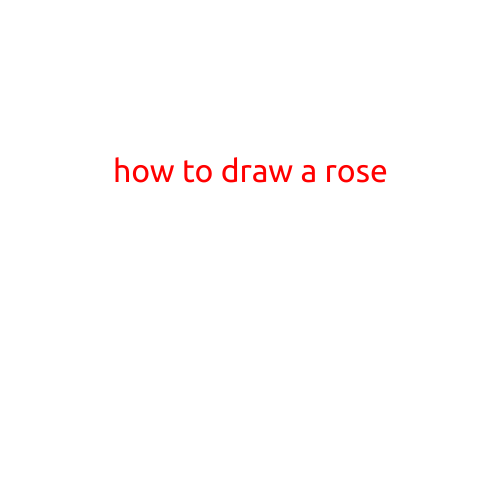
How to Divide Fractions: A Step-by-Step Guide
Dividing fractions may seem intimidating at first, but with a little practice, you’ll become a pro in no time! In this article, we’ll break down the process of dividing fractions into simple, easy-to-follow steps.
Why Divide Fractions?
Fractions are a fundamental concept in mathematics, and dividing them is an essential skill to master. You’ll encounter fraction division in many areas of life, such as cooking, science, and even finance. Understanding how to divide fractions will help you make informed decisions and complete calculations with ease.
The Basics of Dividing Fractions
Dividing fractions is similar to multiplying fractions, but with a slight twist. Instead of multiplying the numerators and denominators separately, you’ll invert the second fraction (i.e., flip the numerator and denominator) and then multiply.
The Step-by-Step Process
- Invert the second fraction: Take the second fraction and flip its numerator and denominator. For example, if the second fraction is 1⁄2, invert it to become 2⁄1.
- Convert both fractions to equivalent fractions with the same denominator: Find the least common multiple (LCM) of the two denominators. Multiply both fractions by the necessary factors to make the denominators equal.
- Multiply the numerators and denominators separately: Multiply the numerators (the numbers on top) and denominators (the numbers on the bottom) separately.
- Simplify the result: Reduce the resulting fraction to its simplest form by dividing both the numerator and denominator by their greatest common divisor (GCD).
Examples of Dividing Fractions
- Divide 1⁄2 by 1⁄4
Invert the second fraction: 1⁄4 becomes 4⁄1 Make the denominators equal: 1⁄2 = 4⁄8 (multiply by 4) Multiply numerators and denominators separately: 1 × 4 = 4 and 2 × 8 = 16 Simplify the result: 4⁄16 = 1⁄4
Answer: 1⁄2 ÷ 1⁄4 = 1⁄4
- Divide 3⁄4 by 2⁄3
Invert the second fraction: 2⁄3 becomes 3⁄2 Make the denominators equal: 3⁄4 = 9⁄12 (multiply by 3) Multiply numerators and denominators separately: 3 × 3 = 9 and 4 × 12 = 48 Simplify the result: 9⁄48 = 3⁄16
Answer: 3⁄4 ÷ 2⁄3 = 3⁄16
Tips and Tricks
- When dividing fractions, always remember to invert the second fraction and multiply.
- If the result is an improper fraction, you can simplify it by dividing both the numerator and denominator by their GCD.
- Practice, practice, practice! Divide fractions with different combinations of numbers to become more confident in your calculations.
Conclusion
Dividing fractions may seem daunting at first, but with practice and patience, you’ll master this important math skill. By following these simple steps and using real-world examples, you’ll be able to divide fractions with ease and confidence. Remember to always invert the second fraction, convert to equivalent fractions, multiply numerators and denominators separately, and simplify the result. With time and practice, you’ll become a pro in dividing fractions!





